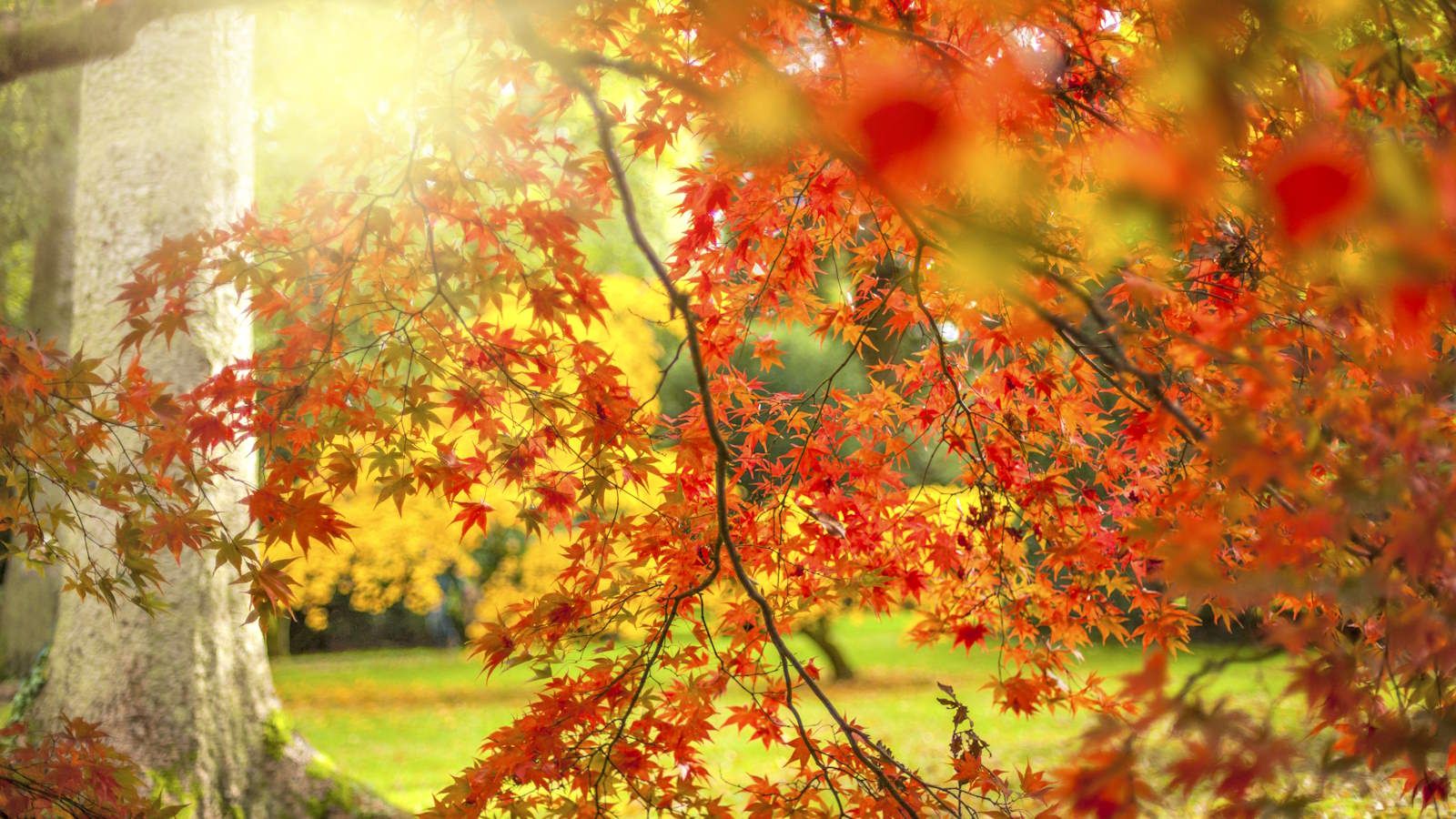Choosing the Right Trees for Urban Gardens
A beautiful garden is a combination of various elements, including the colors, shapes, and textures of plants, as well as the different layers and heights of shrubs and trees. However, in small yards, it can be challenging to incorporate taller vegetation. Fortunately, there are resilient tree species that can thrive in urban environments.
Planting trees in city spaces might seem daunting due to concerns like root spread or maintenance. However, with the right knowledge, these challenges can be managed effectively. Greening up city spaces is more important than ever, and starting with your own backyard is a great way to contribute. Imagine sitting beneath the shade of a tree on a summer day — it’s a simple pleasure that adds value to any outdoor space.
Trees offer numerous benefits, such as improving air quality, absorbing carbon dioxide, reducing noise, providing shade, cooling effects, and preventing flooding by soaking up excess rainwater. To help you make informed choices, we spoke with urban landscape gardeners who shared their top recommendations for trees suitable for city yards.
Top Resilient Trees for Urban Spaces
When selecting trees for a courtyard garden or small urban space, several factors come into play that aren’t typically considered in larger areas. For example, limited soil for root development is a common concern. In cities like New York, trees must overcome challenges such as small spaces, high temperatures, compacted soil, and pollution.
1. Eastern Redbud (Cercis canadensis)
Also known as ‘Forest pansy,’ this native tree from eastern North America can be grown as a deciduous shrub or a small statement tree. Its compact size, pretty pink spring flowers, and vibrant fall foliage make it an excellent choice for small urban gardens. The Eastern Redbud doesn’t require much maintenance and can handle both part shade and full sun, making it versatile for rooftop planting.
2. Black Tupelo (Nyssa sylvatica)
This slow-growing tree is another native species with stunning fall foliage. It thrives in clay, sandy, or loamy soils but doesn’t like to be transplanted. The ‘Wildfire’ cultivar is particularly suitable for rooftops due to its versatility and ability to handle various soil conditions. It has beautiful red-tipped new growth and incredible fall color.
3. Pitch Pine (Pinus Rigida)
An elegant evergreen from eastern North America, the Pitch Pine grows in a variety of soil types, even those low in nutrients. It is drought-tolerant and roots deeply, making it ideal for hot urban spaces. This tree is also stable against high winds, though it doesn’t like shade.
4. Japanese Maple (Acer palmatum)
Known for their wide-ranging leaf colors, Japanese maples are popular for their eye-catching fall foliage. These trees are surprisingly low-maintenance if given the right conditions. They can thrive in containers or in the ground, preferring fertile, free-draining soil. However, their leaves are susceptible to scorching, so they need a sheltered spot.
5. Crape Myrtle (Lagerstroemia natchez)
Native to Asia, Crape Myrtles have become the state shrub of Texas. They offer seasonal interest in warmer zones and can be grown in pots in cooler regions. These trees are drought-tolerant once established and many varieties remain modest in size.
6. Amelanchier canadensis (Serviceberry)
Native trees are often better suited for local conditions, requiring less maintenance and providing food and shelter for wildlife. The Serviceberry is a hardy specimen from the eastern US, loved for its flowers and foliage. It’s perfect for tighter spaces like sidewalk beds or rooftop gardens.
7. Magnolia virginiana (Sweetbay Magnolia)
These fast-growing flowering trees can be deciduous or evergreen, depending on the climate. Sweetbay Magnolias are familiar in city settings, known for their large scented flowers. They adapt well to moist soils and handle part shade, making them ideal for urban gardens.
8. Cornus kousa (Kousa Dogwood)
Also known as Chinese Dogwood, this tree is more cold-hardy and disease-resistant than its American counterpart. It prefers sunny spots with some afternoon shade and offers seasonal interest with its mottled bark and star-like flowers.
In addition to these trees, other plants like Cotoneaster franchetti have been found to absorb more air pollution than other types of hedge. Research from the Royal Horticultural Society highlights the importance of planting more shrubs, hedges, and trees to improve air quality in urban areas.







